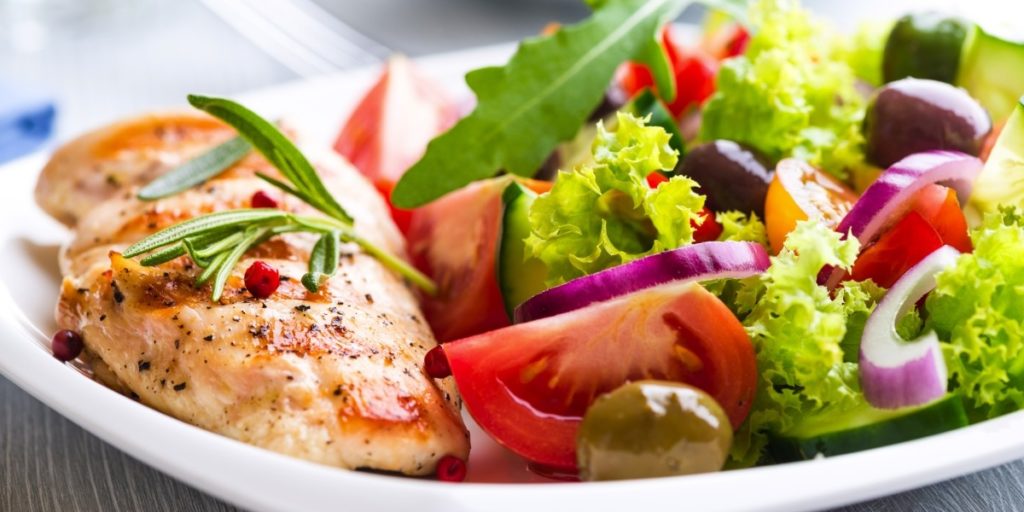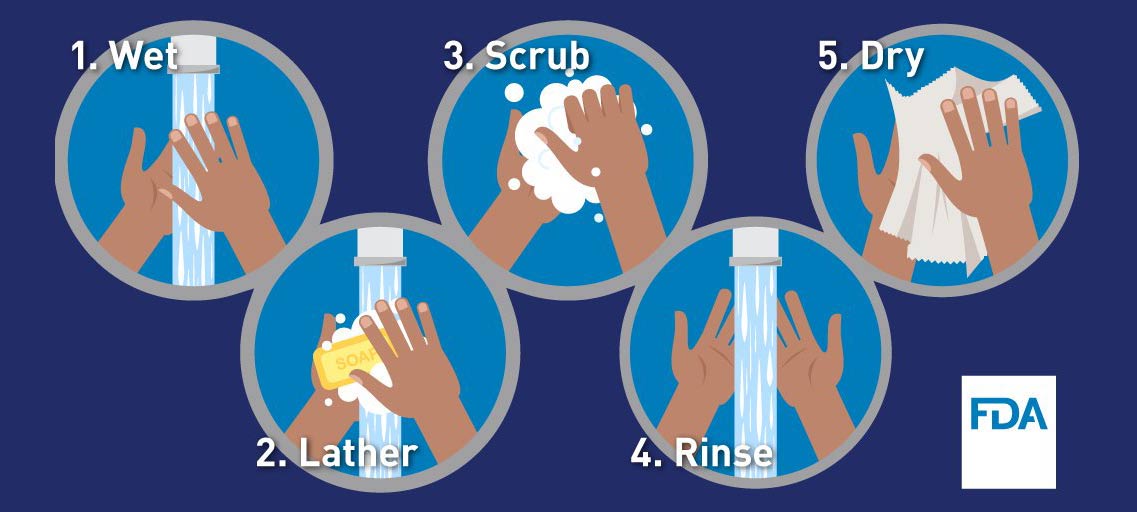If eating healthier is one of your new year’s priorities, keep in mind that proper nutrition is not the same thing as having safe food. To ensure your healthy food is safe, always follow proper food safety principles and procedures to also prevent foodborne illness.
Fruit and Vegetables
Fruits and vegetables are an important part of a healthy diet. But, raw fruit and vegetables may contain harmful germs, such as Salmonella, E. coli, and Listeria, which can make you and your family sick with food poisoning. In the U.S., nearly half of foodborne illnesses are caused by germs on contaminated fresh produce.
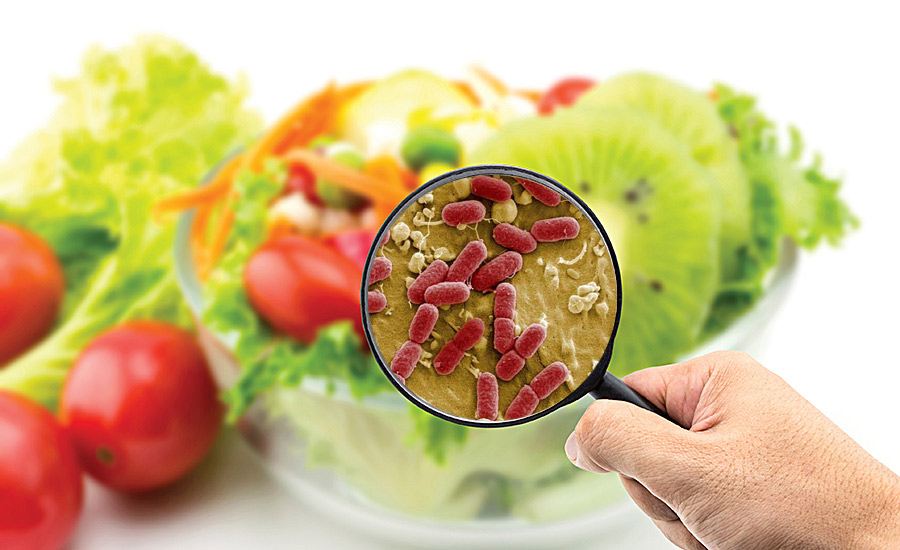 Image Source: Shutterstock
Image Source: Shutterstock It is important to learn how to handle and prepare them safely in order to reduce the risks of foodborne illness. There are steps that can help keep you healthy – and your fruits and vegetables safer to eat – from the store to your table.
- Learn about foodborne pathogens, cross contamination, cold and hot food safety, and best practices to prevent foodborne illness.
- Food Manager ANSI Certification: $99.00 - Valid in all States
- Food Handler Training: Only $7.00!
- 10% OFF: Enter Promo Code "train10off" at Checkout
Food Safety Steps: Clean – Separate – Cook – Chill
Food poisoning peaks in the summer months when warmer temperatures cause foodborne germs to flourish. Follow these steps to be food safe:
 Image Source: Shutterstock
Image Source: Shutterstock Clean
- Wash your hands before and after preparing fruits and vegetables.
- Wash or scrub all fruits and vegetables under running water before eating, cutting, or cooking.
- Wash cutting boards, countertops, and utensils with hot, soapy water before and after preparing fruits and vegetables.
Separate
- Shopping
When shopping, pick up meat, poultry, and seafood last, right before checkout. Separate them from other food in your shopping cart and grocery bags. To guard against cross-contamination, put packages of raw meat and poultry into individual plastic bags. - Store fruits and vegetables away from, and not next to or below, raw meat, poultry, or seafood. These items can drip juices that may have germs.
- Use a separate cutting board for fruits and vegetables that is never used for cutting or preparing raw meats, poultry, or seafood.
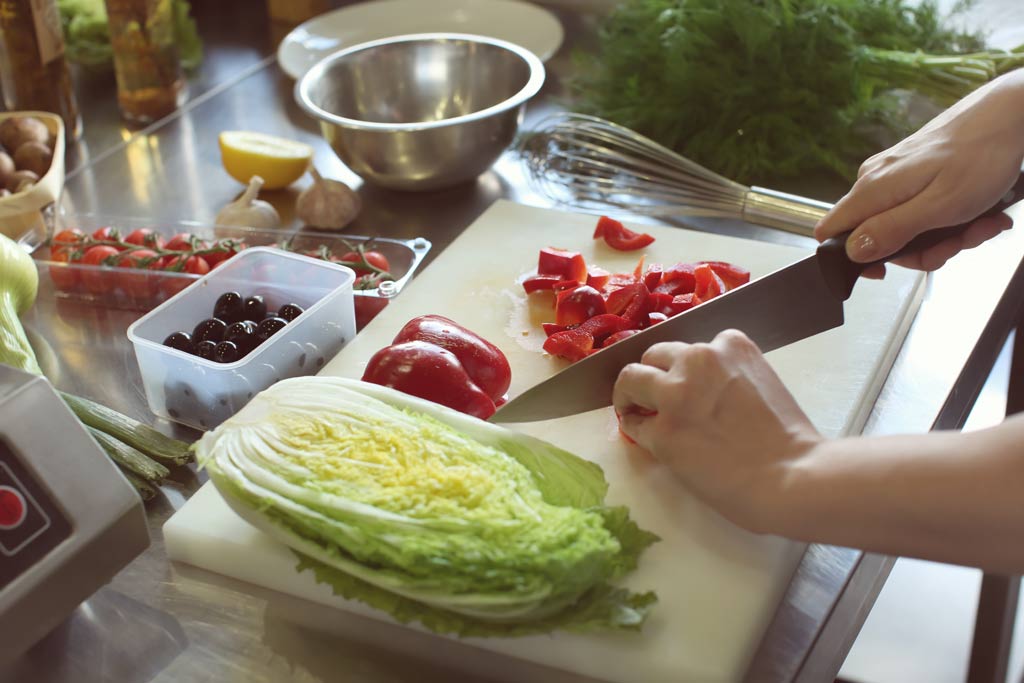 Image Source: Shutterstock
Image Source: Shutterstock Cook
Use a food thermometer to ensure meat is cooked hot enough to kill harmful germs.
Refer to the Safe Minimum Cooking Temperatures chart below for the proper cooking temperatures and “rest time” of meats.
| Category | Food | Min. Temp (°F) | Rest Time |
|---|---|---|---|
| Ground Meat & Meat Mixtures | Beef, Pork, Veal, Lamb | 160 | None |
| Turkey, Chicken | 165 | None | |
| Fresh Beef, Veal, Lamb | Steaks, roasts, chops | 145 | 3 minutes |
| Poultry | Chicken & Turkey, whole | 165 | None |
| Poultry breasts, roasts | 165 | None | |
| Poultry thighs, legs, wings | 165 | None | |
| Duck & Goose | 165 | None | |
| Stuffing (cooked alone or in bird) | 165 | None | |
| Pork and Ham | Fresh pork | 145 | 3 minutes |
| Fresh ham (raw) | 145 | 3 minutes | |
| Precooked ham (to reheat) | 140 | None | |
| Eggs & Egg Dishes | Eggs | Cook until yolks and white are firm |
None |
| Egg dishes | 160 | None | |
| Leftovers & Casseroles | Leftovers | 165 | None |
| Casseroles | 165 | None | |
| Seafood | Fin Fish | 145 or cook until flesh is opaque and separates easily with a fork. | None |
| Shrimp, lobster, and crabs | Cook until flesh is pearly and opaque. | None | |
| Clams, oysters, and mussels | Cook until shells open during cooking. | None | |
| Scallops | Cook until flesh is milky white or opaque and firm. | None |
Temperature and Time
Bacteria grows rapidly between the temperatures of 40°F and 140°F. After food is safely cooked, hot food must be kept hot at 140°F or warmer to prevent bacterial growth.
- Refrigerate cut, peeled, or cooked fruits and vegetables as soon as possible, or within 2 hours. Refrigerate within 1 hour if the temperature outside is above 90°F.
- Use a refrigerator thermometer to make sure the temperature stays at 40°F or below.
- Keep meat, poultry, and seafood refrigerated until ready to grill.
- Afterwards, divide leftovers into small portions and place in covered, shallow containers. Put in freezer or fridge within two hours of cooking (one hour if above 90°F outside).
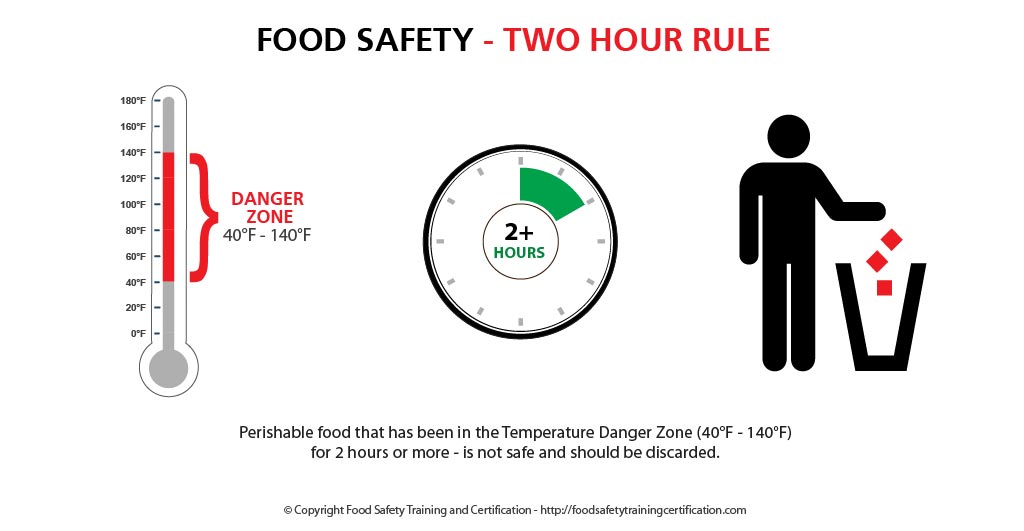
Groups More Vulnerable to Food Illness
Anyone can get a foodborne illness, but people in certain groups are more likely to get sick and to have a more serious illness. These groups of people are:
- Young children
- Pregnant women
- Adults aged 65 and older
- People with weakened immune systems
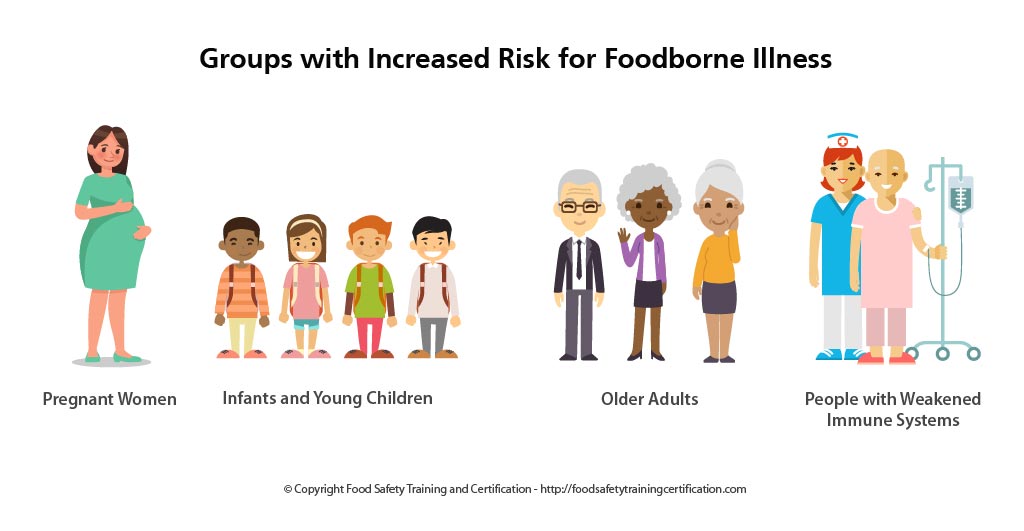
Summary
Practice good nutrition by eating a balanced diet of protein, carbohydrates, healthy fats, and vegetables – but always use proper food safety techniques to ensure your healthy food is safe.

